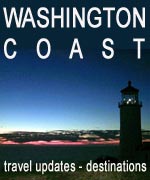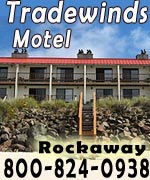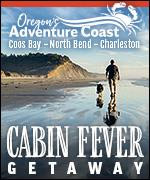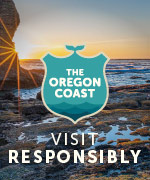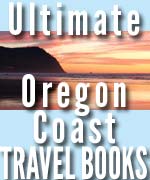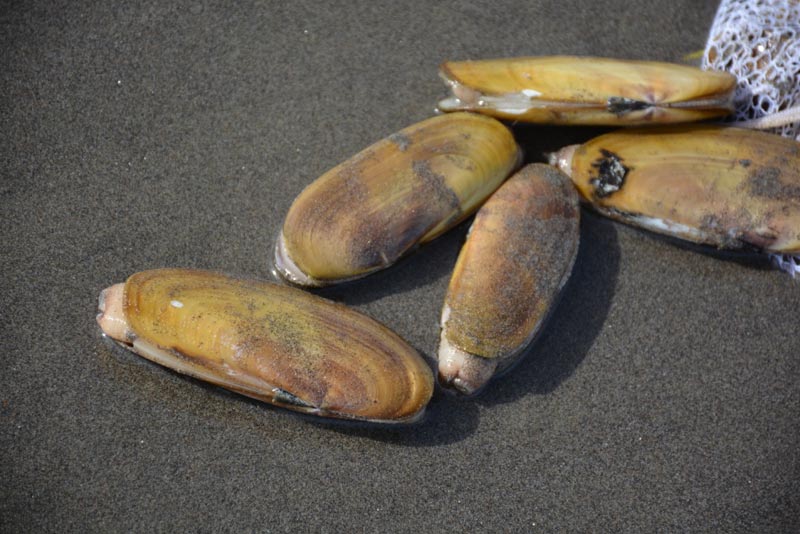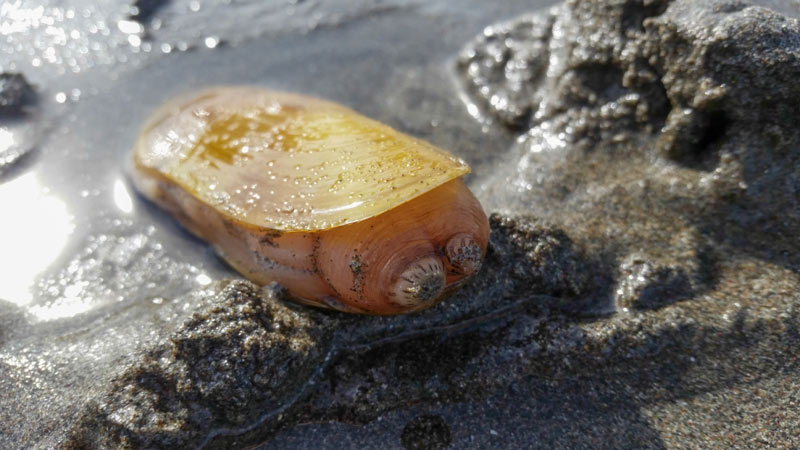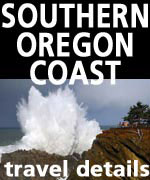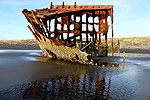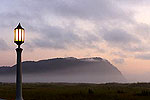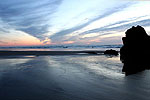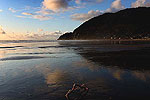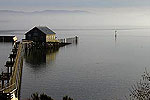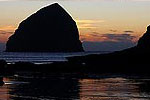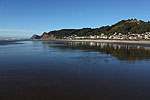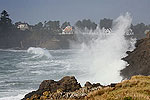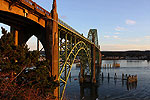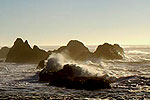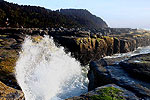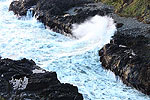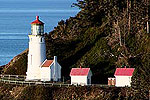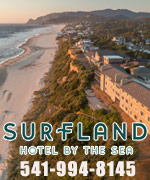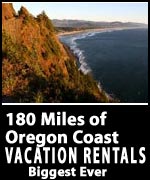Razor Clamming Reopens on Central Oregon Coast: Lincoln City to Seal Rock
Published 3/16/24 at 5:35 a.m.
By Oregon Coast Beach Connection staff
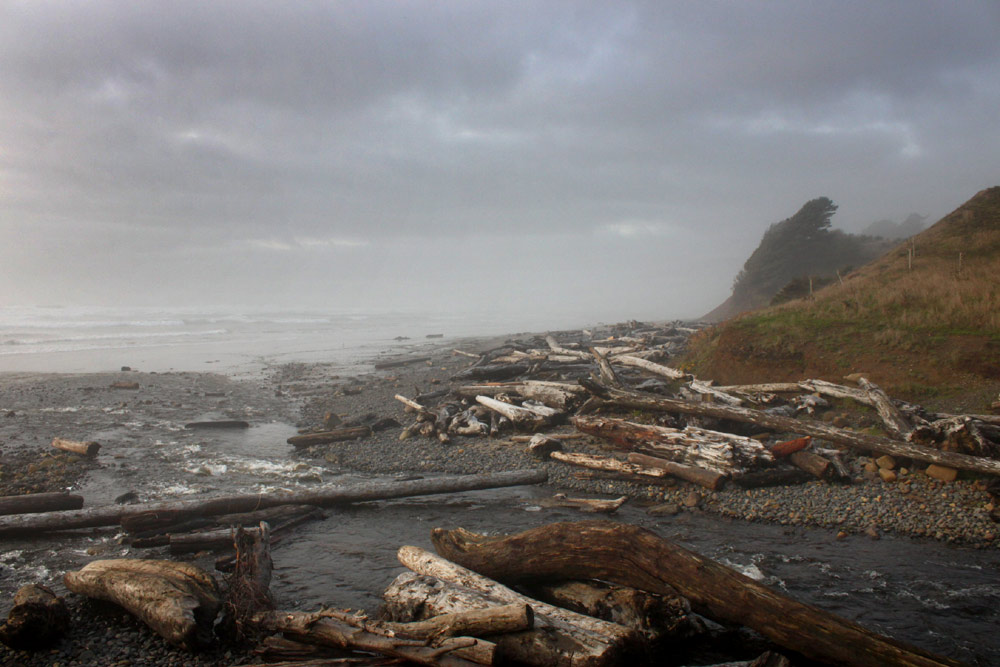
(Lincoln City, Oregon) – After being shut down for ten days, razor clamming is back open on the central Oregon coast, from Lincoln City down to Seal Rock. Oregon Department of Agriculture (ODA) and Oregon Department of Fish and Wildlife (ODFW) made the announcement late this week after closing down the activity due to unsafe levels of a biotoxin earlier this month. (Above: Newport - Oregon Coast Beach Connection)
Includes exclusive listings; some specials in winter
In Cannon Beach:
Includes rentals not listed anywhere else
In Manzanita, Wheeler, Rockaway Beach:
Some specials for winter
In Pacific City, Oceanside:
Some specials for winter
In Lincoln City:
Some specials for winter
In Depoe Bay, Gleneden Beach:
Some specials for winter
In Newport:
Look for some specials
In Waldport
Some specials for winter
In Yachats, Florence
Some specials for winter
Southern Oregon Coast Hotels / Lodgings
Reedsport to Brookings, places to stay; winter deals
“Recent razor clam samples indicate levels of domoic acid (a marine biotoxin) are below the limit for two consecutive weeks,” ODFW said.
This now opens up the area from Cape Blanco (north of Port Orford) through to the Washington border. However, the recreational harvesting of these clams is still closed from Cape Blanco down to the California border.
Open areas now include Bandon, Reedsport, Coos Bay, Florence, Waldport, Newport and Lincoln City, as well as northward into Tillamook and Clatsop counties.
The beaches of Warrenton and Seaside – often called Clatsop Beach – contain the highest population of razor clams, accounting for 90 percent of them in Oregon.
You can still go crabbing throughout the entire Oregon coast, as well as harvesting bay clams or mussels.
ODA continues to test shellfish at least twice each month – as weather and tides permit. In order to reopen a closed area, it must be below the unsafe threshold for two consecutive weeks.
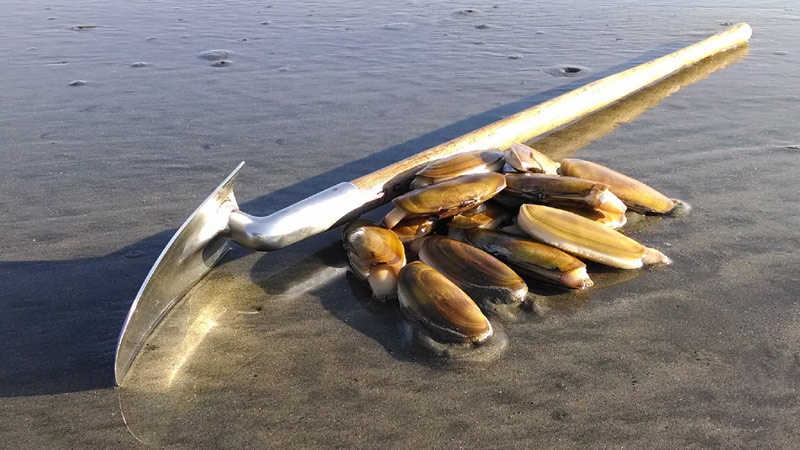
Domoic acid is naturally occurring in the ocean, created by algae that can bloom in heavy amounts off the Oregon coast (or Washington or California).
Incidents of closures due to the biotoxin have increased in frequency and grown longer in recent years, which scientists believe comes from changes in the ocean allowing more of the algae – an effect of climate change.
In 2017, NOAA and OSU published a report showing domoic acid can, in some instances, be related to the warmer waters being seen in the region. The work was led by OSU researcher Morgaine McKibben. They found a direct link from "domoic acid concentrations in shellfish to ocean conditions caused by warm water phases of natural climate event cycles like Pacific Decadal Oscillation (PDO) and El Nino,” said McKibben.
For more information call ODA's shellfish biotoxin hotline at (800) 448-2474, the ODA Food Safety Program at (503) 986-4720, or visit the ODA Recreational Shellfish Biotoxin Closures Webpage.
Contact ODFW for recreational license requirements, permits, rules, and limits.
Oregon Coast Hotels in this area - South Coast Hotels - Where to eat - Maps - Virtual Tours
Cannon Beach Lodging
Nehalem Bay Lodgings
Manzanita Hotels, Lodging
Three Capes Lodging
Pacific City Hotels, Lodging
Lincoln City Lodging
Depoe Bay Lodging
Newport Lodging
Waldport Lodging
Yachats Lodging
Oregon Coast Vacation Rentals
Oregon Coast Lodging Specials
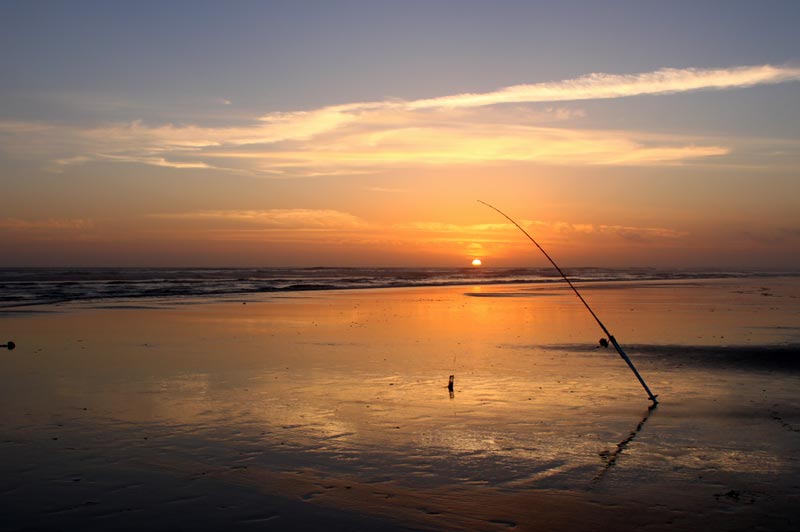
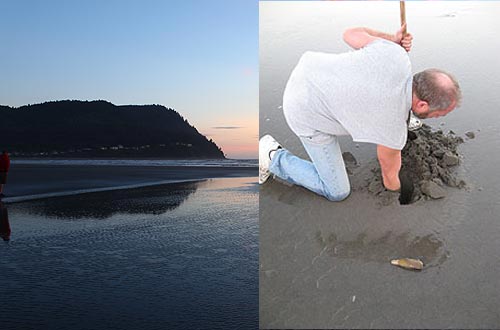
Photos below courtesy Seaside Aquarium
More About Oregon Coast hotels, lodging.....
More About Oregon Coast Restaurants, Dining.....
 Andre' GW Hagestedt is editor, owner and primary photographer / videographer of Oregon Coast Beach Connection, an online publication that sees over 1 million pageviews per month. He is also author of several books about the coast.
Andre' GW Hagestedt is editor, owner and primary photographer / videographer of Oregon Coast Beach Connection, an online publication that sees over 1 million pageviews per month. He is also author of several books about the coast.
LATEST Related Oregon Coast Articles
Central Oregon Coast Landslide Worsens; How to Report Personal Belongings FindsThe Go-Now order still in effect; personal belongings sought. Lincoln City, Newport, Depoe Bay
4.5 Quake Off S. Oregon Coast After A Week of Smaller Ones
Quakes on Dec. 15, 17, 20 and last night off Coos Bay, Bandon. Geology
Manzanita's Spanish Galleon: New Discoveries and a Talk in N. Oregon Coast's ...
Saturday, November 15: The Beeswax Wreck of 1693. History, Nehalem events
Latest on Oregon Coast Humpback Whale: Rescue Fails, Euthanized
Officials: stay away from this site in north Yachats. Marine sciences
Active to Crazy Weather Across Oregon, Washington, Coast with More Warnings, ...
Tornadoes, flooding, high winds (even inland), lightning storms, massive waves - and even a shipwreck
N. Oregon Coast's Haystack Lecture Series Kicks Into Gear with New Venue
All begin at 4 p.m.: Nov. 22, Dec. 20, Jan. 11 and Feb 22. Cannon Beach events
Above Washington, Oregon, the Coast: Taurid Meteors, Two Comets - Excellent P...
Comet Lemmon on the coast and distant K1 Atlas from Portland. Sciences, weather, astronomy
Vacation Rentals Just Got Cheaper on N. Oregon Coast: Season Lows Around Paci...
Some major specials at places to stay around Neskowin, Pacific City, Tierra Del Mar. Pacific City hotel reviews, Pacific City specials
Back to Oregon Coast
Contact Advertise on Oregon Coast Beach Connection
All Content, unless otherwise attributed, copyright Oregon Coast Beach Connection. Unauthorized use or publication is not permitted





